Mexico is a wonderland… one moment, you’re sipping smoky mezcal, and the next you’re floating in the bluest of natural pools or being serenaded by mariachi singers while Frida Kahlo peers down from a mural.
Things feel even more fantastic when you find the tastiest food while discovering plumed serpents, pyramids and millennia of history around the next corner. No matter how many times you visit, Mexico’s stunning nature and its vibrant towns let you find an everyday life steeped in surrealism, natural wonders and incredible history. Here are some of the best experiences in Mexico.
1. Admire the monumental power of a pyramid
Pyramids humble you. Gaze skywards at the Pyramid of the Sun at Teotihuacán, and it’s easy to feel tiny. It’s the third largest ancient pyramid in the world, bringing the ancient priests closer to the heavens at its summit. No wonder the pyramids at Teotihuacán were chosen as temples for human sacrifices to the gods. The Aztecs did the same at the fascinating Templo Mayor at the heart of their empire, Tenochtitlán, modern-day Mexico City.
Other pre-Hispanic civilizations like the engineering Mayans constructed pyramids to also be the center of public life. At Chichén Itzá and Palenque, they buried their powerful leaders inside them and used the monumental structures, pushing above the forest canopy, to navigate their lands. Similarly, in Tulum a Mayan pyramid squats over the turquoise waters and was used as a lighthouse.
Yet there is one even mightier pyramid in Mexico, the largest by volume in the world. The Pirámide Tepanapa is bigger than the Great Pyramid in Egypt. Outside, it looks like a grassy hill, which fooled the Spanish conquistadors, sparing its destruction. Inside, it takes 15 minutes to walk through the cool tunnels crossing through the Pyramid of Cholula, and with each tight turn, you feel minuscule.
2. Learn about Mexico’s artisan traditions
Mexican artesanías (handicrafts) can be gorgeous or just charm you with their sweetness. Hold up a piece at a workshop, and you are also grasping centuries of skill and traditions. A psychedelic beadwork mask might leap out at you. The pulsing colors carry on the mythology of the Huichol of Jalisco. Or look into Taxco silverware, which shimmers with history, first as silver gifts to Aztec gods, then ransacked for Spanish pockets. The kaleidoscopic work of generations of embroiderers, pre-Hispanic weavers, Oaxacan potters and metalsmiths tells Mexico’s diverse story. Pick up a piece from an artisan to contribute to their stories.
3. Cycle Mexico City’s leafy neighborhoods
Bike lanes are plentiful across Mexico City‘s most fashionable neighborhoods of Condesa, Roma and artsy Coyoacán. Archways of trees guide you down streets lined with elegantly tiled houses and boutique stores. Parks are alive with young families or teenagers practicing dance moves, while around their edges, the well-dressed lounge about at cafes.
Planning tip: Every Sunday, the main avenues of the country’s capital turn into a car-free zone. Cyclists go for pleasure rides, and you can join in any time with a free or low-cost bike rental.
4. Learn to dance the salsa and danzón
Mexicans have the music in them, and just trying to dance is a part of the Mexico experience. Dressed in hats and heels or casual clothes, couples take to the outdoor Plaza Ciudadela in Mexico City every Saturday to dance, mingle and learn to salsa and do the danzón. It’s open to the public, but if you need some courage, there are also bars around town to learn to dance for the cost of a tequila. PataNegra Condesa is small and intimate, just the way the sociable dancers like it, while Mama Rumba turns out a show with its live big band.
Planning tip: If you want to seriously move, Salón de Bailes Los Ángeles is part school, part legend and where stars of Mexico’s Golden Age of cinema, like Cantinflas and María Félix, went to boogie.
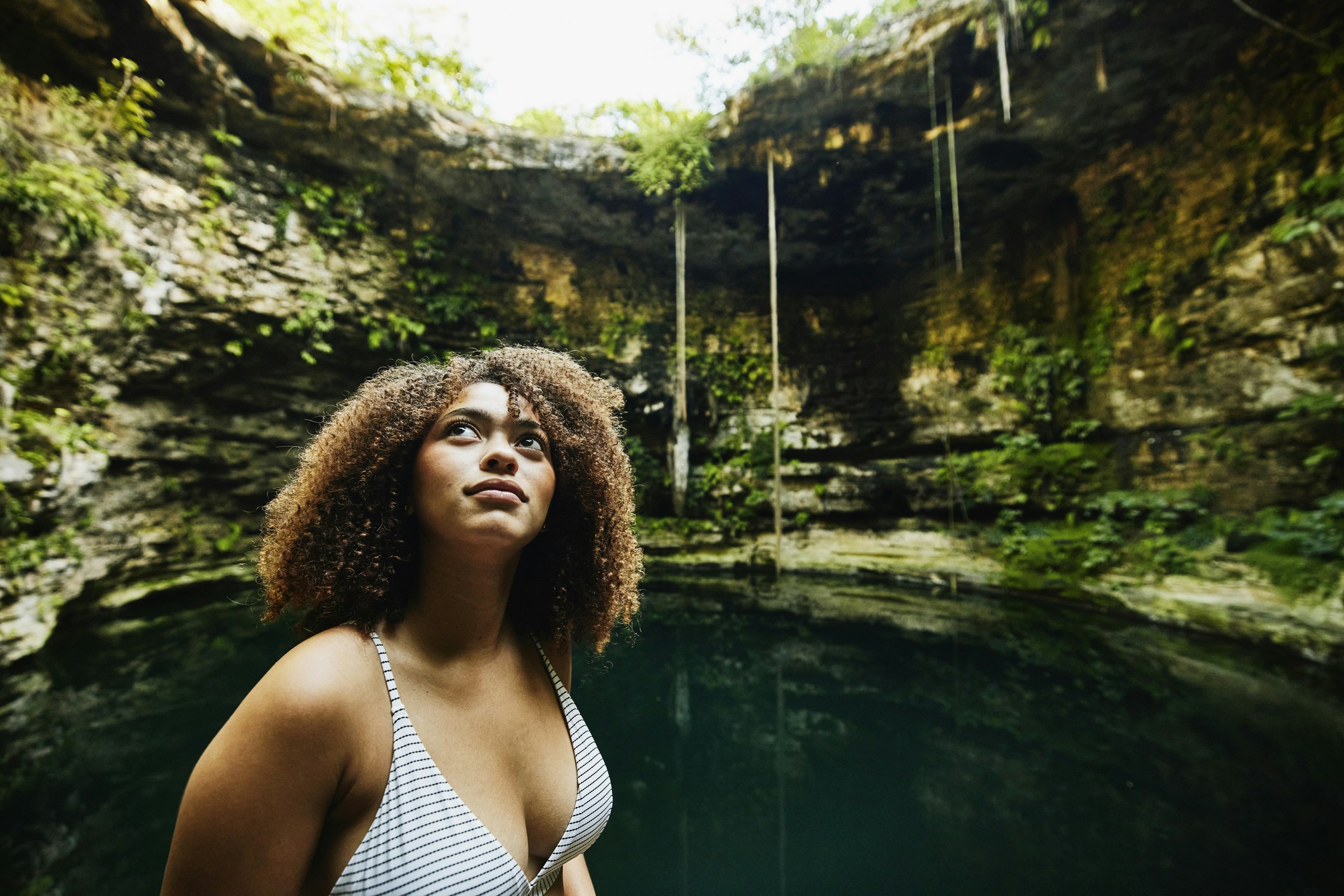
5. Float in subterranean cenotes
To the Mayans, the cenotes were a portal to speak to the gods, so they built villages around them. For a visitor today, the natural limestone swimming holes are wonderous hidden pools to cool off in the jungle. Cenotes are created by the collapse of porous limestone bedrock, forming pools that are filtered to crystal clarity. The majority of cenotes are found in the Yucatán Peninsula.
Underwater photographers, cavers and snorkelers revel in the clear cenotes, as do swimmers who want a peaceful swim shielded by the glorious tree canopy. Unlike seawater, the turquoise water in cenotes is fresh and wonderfully mineral-rich. Floating in these still waters feels like slipping into prehistory. Look up at the columns of vines and the shafts of sunlight drifting through. Hummingbirds zig zag by, and it seems like little has changed since the Maya were here.
Planning tip: Take cash to pay entrance fees, plus a day-pack with all your supplies, including shoes you can get wet to protect your feet and reef-friendly chemical-free sunscreen.
6. Eat your fill of Mexican street food
Want to know where to get the best tacos? It’s not in a white-tablecloth restaurant. It’s on the street. There is something special about feeling the red-hot embers on the pyramid of chargrilling pork that makes tacos al pastor tastier at places like El Vilsito. It could be the sizzling hot plate that gives handmade quesadillas stuffed with zucchini flowers or nopales (cactus) the perfect bite. Or the tubs of self-serve salsas that make sopes (sprinkled with white panela cheese and lettuce) and tlacoyos (diamond-shaped blue-corn parcels of beans and meat) much feistier (and tastier) than you had intended. It’s definitely the freshly cut limes and impromptu chats that give eating Mexican street food that extra zing.
Mexican foodie capital Oaxaca squeezes some of the best street food into market stands at Mercado 20 de Noviembre, or check out Los Cucuyos and the vegan Por Siempre Vegana Taquería in Mexico City.
Local tip: To find the freshest and tastiest street food, pause at a stand and observe: the best have a hissing comal (hot plate) where even the smoke smells alluring.

7. Glide along the canals of floating Aztec gardens in Xochimilco
Xochimilco, south of Mexico City, is the only remaining part of pre-Hispanic waterways. Colorful wooden trajinera boats glide across the canals, passing chinampas (floating gardens). Fruit, vegetables and flowers grow atop garden beds constructed from reeds.
Over 500 years ago, the mighty Aztec city of Tenochtitlan ruled from an island in interconnected lakes. The Aztecs balanced a complex system of brackish and fresh water. As you float by, imagine Xochimilco in Aztec times, with gardeners tending to the plots of green bean-vines, furry purple amaranth and plump chilis and tomatoes to feed the city, as it still does today.
8. Sip artisanal mezcal
Mezcal is a smoky, rich elixir drunk in warm-lit bars by dreamers, artists and the heartbroken. The older sibling of fast-living tequila, mezcal is distilled from the same agave plant but is hand-roasted under volcanic rocks. For a long time, visitors to towns in Oaxaca would smuggle back flasks of the potent stuff from mom-and-pop farms.
Now mezcal has hit the heights in the cities, and small artisanal distillers are revered in mezcalaría bars like Mexico City’s hidden Bósforo and Mano Santa with its tasting flight of drinks. You can learn all about the agave drinks at Museo del Tequila y el Mezcal in the capital.
Much of the mezcal is created in small batches and available only in Mexico. Artisanal producers with further reach are the upmarket and impressive Los Danzantes. Oaxaca is the capital of mezcal.
Local tip: A perfect mezcal day starts with a guided distillery visit, taking you through the process of slow cooking the agave piñas (hearts) in a volcanic-rock pit with the smell of roasting catching the air. Continue at one of the many tasting rooms. Drink the traditional way with a slice of orange sprinkled in sal de gusano (agave worm salt with mild chili) on the side.
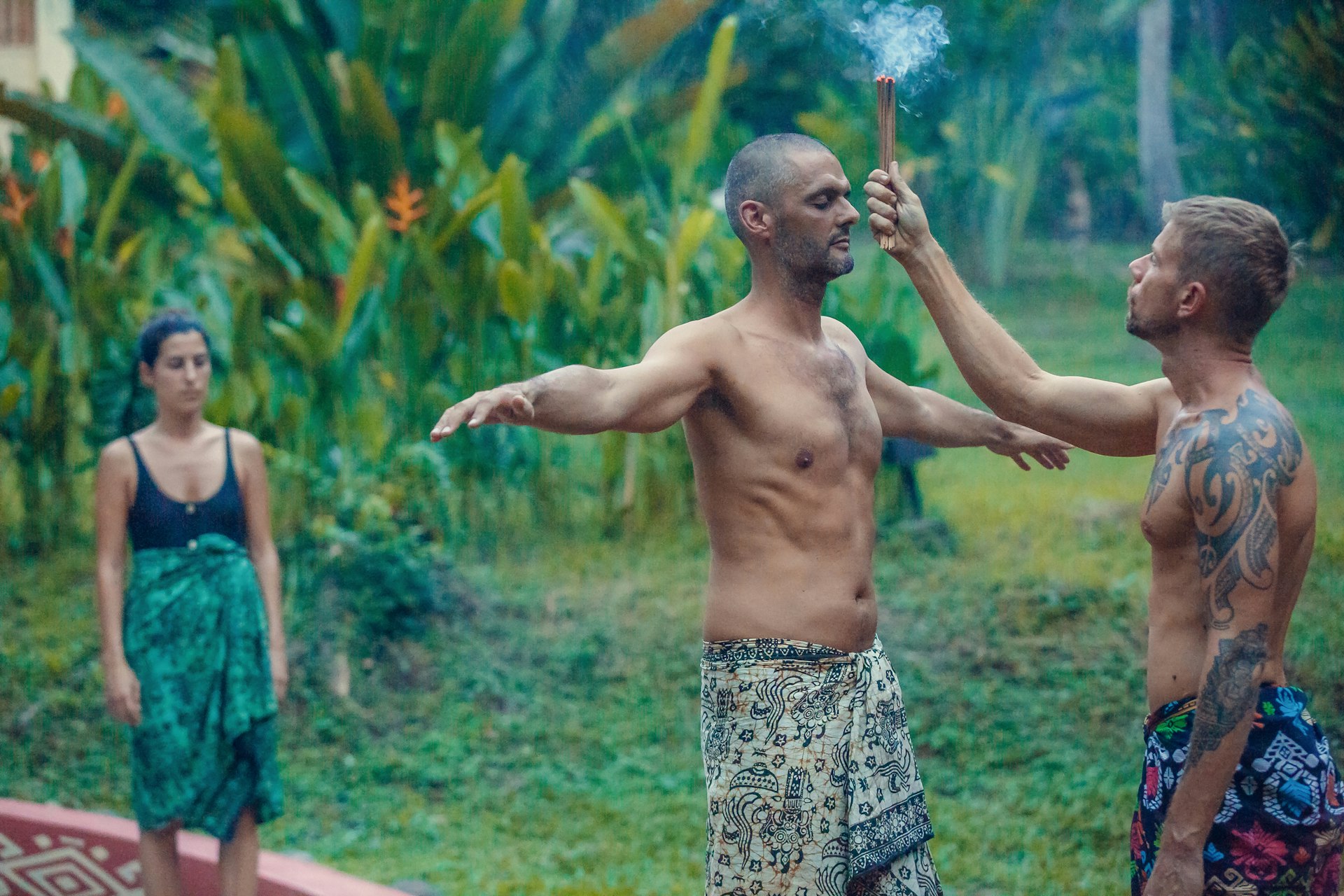
9. Experience a 3000-year-old temazcal ceremony
A temazcal is more than a sauna; it’s an ancient Mayan–Zapotec ritual that uses 3000 years of indigenous cultural knowledge as medicine. A shaman guides you through a ceremony inside a dome while you sit in a circle, giving you the kind of experience that people swear is life-changing.
In the semi-darkness, the shaman throws a herbal infusion sizzling on the pit of hot rocks at the center. The dialogue begins between the shaman and other participants, thanking the earth, acknowledging our connection to the villages of animals and nature. Sometimes the guide intones words in the indigenous Nahuatl language.
This is no touchy-feely session. Warriors endured this ritual before battle to steel them. After 90 minutes of building resilience and releasing toxins, both physical and mental, you emerge and dip into cold pools, cleansing yourself.
Planning tip: For a real temazcal experience (not just a sauna), follow spirituality seekers to Tepotzlán, or get the full picture on the Zapotec civilization in Oaxaca. We love Xquenda in Huatulco for its full pre-Hispanic ceremony and mural.
10. Tap into the songs of Mexico with a mariachi performance
Mariachi bands have a song for every mood and life milestone. Happy? More trumpet. Sombre? More strings and a heartfelt bolero style. Mexicans hire the singing troupes for big events – birthdays, weddings and funerals. They are not a mere tourist attraction but a way to tap into the songs of Mexico. You’ll find them roaming around major plazas from Mérida to Cuernavaca.
A top choice is Mexico City’s Plaza Garibaldi, which has been bringing together restaurants and music since 1925. Get serenaded in mariachi’s heartland in Guadalajara, which holds the world’s largest mariachi festival each September at the Encuentro Internacional del Mariachi y la Charreria.
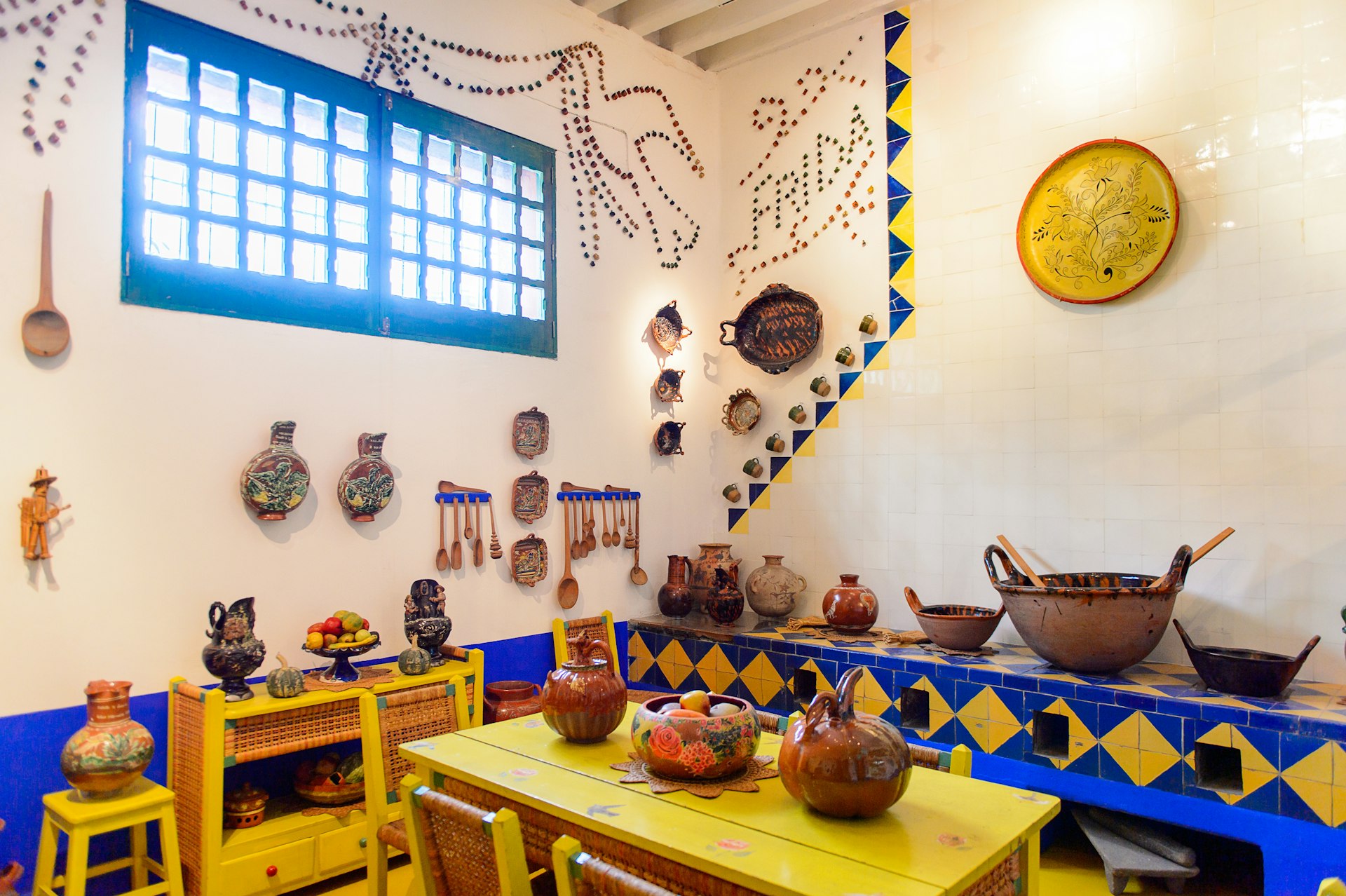
11. Get some insight into Frida Kahlo’s artistic life
Bottles filled with paint glisten in their tray next to an easel. It feels like the artist has just stepped out. Artesanías (handicrafts) from across Mexico sprawl out across the rooms, waiting – clay fertility figures, paper-mâché skeletons and dangling cherubs.
The Blue House is where Frida was born, lived and spent her last days, with everything as she left it. The artist’s silver jewelry, short bed, crutches, wheelchair and prosthetic leg are here. Frida had a lifelong disability and channeled her physical and emotional pain into her art, while showcasing pre-Hispanic art and traditions.
Frida famously wore traditional dresses and shawls from Oaxaca to summon the female power of the women of her mother’s hometown. There are other interesting places in Mexico City to trace Frida’s life. To be here, though, in her house and courtyard of volcanic stone, is to feel her passion for Mexico and its people. It’s an unmissable insight into her life and her art.
12. Travel through Mexican history at a museum
Mexico City alone has over 150 museums – beating New York City or Paris. So some of them are makeshift and obscure – torture museum, anyone? – but the whole of Mexican history can be found in its museums, from indigenous handicrafts to revolution, human rights and tequila.
The headline act is Museo Nacional de Antropología, which is one of the best in the world, with a dramatic giant water feature at the center of its Mayan-inspired courtyard.
Mexico’s top male painters are known as the “big three” muralists. Made to be seen by the average Mexican worker, murals by Diego Rivera, José Clemente Orozco and David Siqueiros grace many public buildings. All three daub the patio walls of Antiguo Colegio de San Ildefonso and inside the splendid Palacio de Bellas Artes, notably Diego Rivera’s monumental El hombre en el cruce de caminos (Man at the Crossroads).
Other museums cater to specific tastes, like the Museo del Calzado shoe museum, which displays the trainers of Mexican fútbol heroes and replicas of Neil Armstrong’s lunar boot.
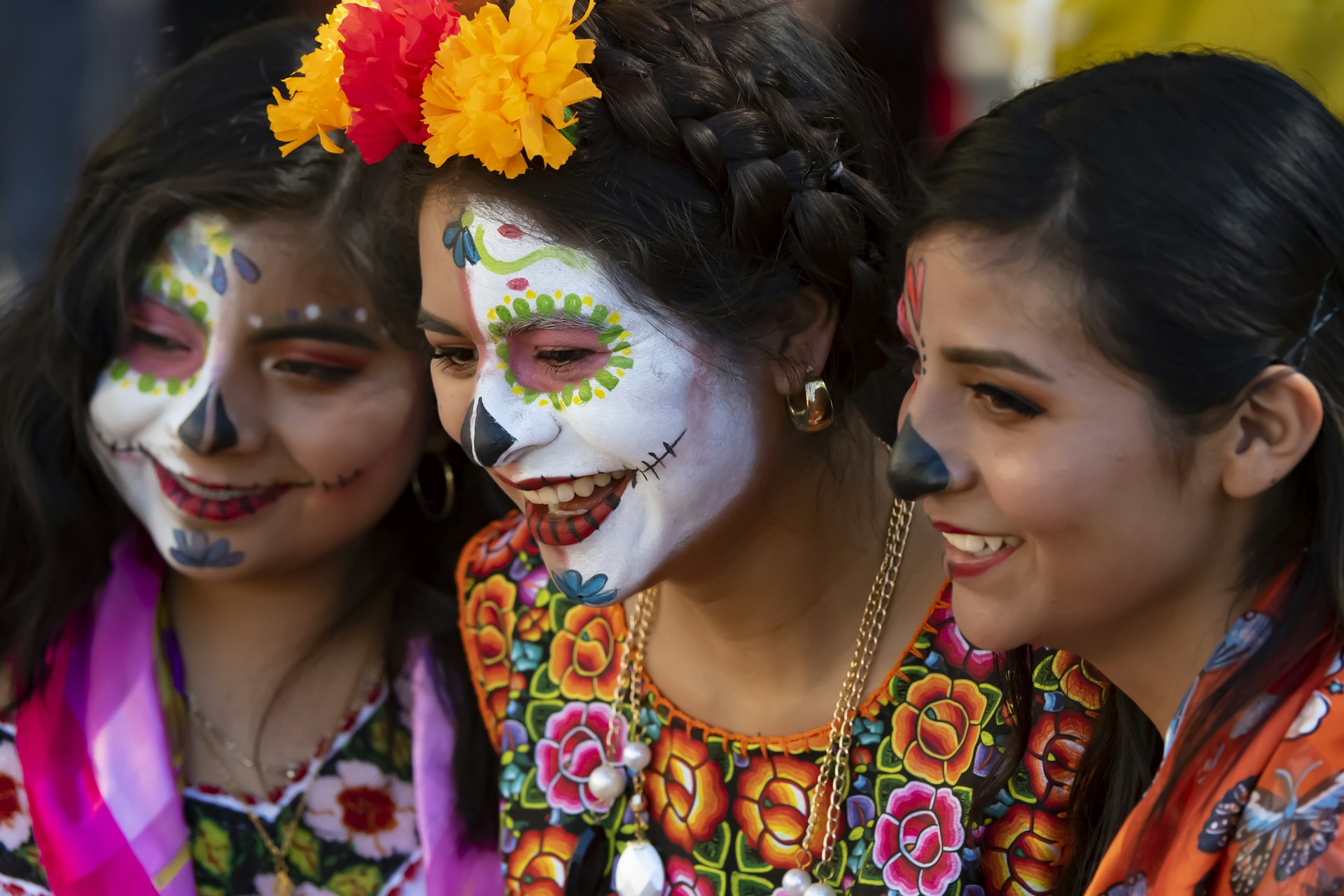
13. Mark the Día de Muertos (Day of the Dead)
Once a year, the spirits of the dearly departed can follow a path of marigold petals back to their loved ones. Altars are piled with their favorite dishes and objects, and photos of the deceased are lit by candlelight and shrouded in incense smoke. Far from a withdrawn sad time, Día de Muertos (Day of the Dead) is a time of remembrance through joy. It’s been this way for over 3000 years, and the tradition can be traced back to Aztec customs and the even more ancient Olmecs.
Visit Mexico at the end of October, and you’ll see the nights turn festive as people crowd the squares, businesses and museums to judge the best-decorated altars. In towns like Naolinco, Pátzcuaro and Mixquic, mass processions drift to the cemeteries for a night of drinking and singing.
Local tip: Tagging along at respectful distance is accepted, and the sight of thousands of candles and marigold flowers glowing orange into the night is a true Mexican experience.

14. Devour some mole
Of all the attention-grabbing Mexican dishes, mole is the most intriguing for its complex mix of herbs and spices. Cocoa and three kinds of chilis give the sauce a chocolatey warmth, but mole contains a checklist of over 15 ingredients, including sesame seeds, aromatic herbs, peanuts and cumin. In Puebla, it is eaten in restaurants tiled in hand-painted blue talavera.
Planning tip: Oaxaca is known for its seven multicolored moles. The star is mole negro, a smoky “black” sauce that differentiates itself with a hit of hoja santa or “sacred leaf,” which tastes somewhere deliciously between licorice and eucalyptus. Mole is best smothered over chicken or enchiladas (tortillas filled with cheese or chicken).
15. Experience everyday Mexican life in a market
Boisterous piñatas dangle above you. Flowers and mangos perfume the air, while fat sacks of spices and mounds of dried chilis beckon you. On a balmy day, the cool of a Mexican market is an inviting wonderland of fruit-salad stands, old-world barber shops, and storekeepers touting woven baskets and Virgin candles. A mercado (market) is where everyday Mexican life happens without the airs and graces, no matter if you’re in a posh neighborhood or mountain village.
In one market, you might smell wafts of incense float and pork crackling glistening under heat lamps. This is where you can eat alongside families or get nuts and chili-lime grasshoppers for the road. Taste delicious Mexican fruit like honey-almond flavored mamey, and tuna (prickly pear fruit) blended into juice. Every walk through a Mexican market is an adventure.
16. Learn history through botany in Oaxaca
History is palpable at the Jardín Etnobotánico. You can stain your hands bright red with cochineal from the prickly pear cactus. At its height, the smooshed-bug blood was used to dye garments for Europe’s elite, giving the Spaniards wealth second only to silver. The storyteller guides at the garden explain how indigenous people used plants for clothing, shelter, food, rituals and medicine. A fascinating story brings to life Mayan mythology, which saw the ceiba tree as the universe itself, with its roots in the underworld and the peculiar thorns on the trunk representing the people.
17. Visit a magic town
Mexico has over 132 pueblos mágicos, and they truly feel like “magic towns.” In each place, you can still experience the beauty of traditional Mexican life. Many of the towns have a leafy zócalo piazza or square at their center where families or lovers laugh, whisper and enjoy a weekend or long summer evening outdoors. What makes them “magical” is not just that they’re lookers – most are – but they maintain some natural or historical charm. For example, in Taxco, where silver was mined by Aztecs and Spaniards alike, all-white retro VW taxis crisscross its cobblestones. In lovely Papantla, people come for the spectacle of seeing the voladores whirl around a maypole, attached only by their feet.
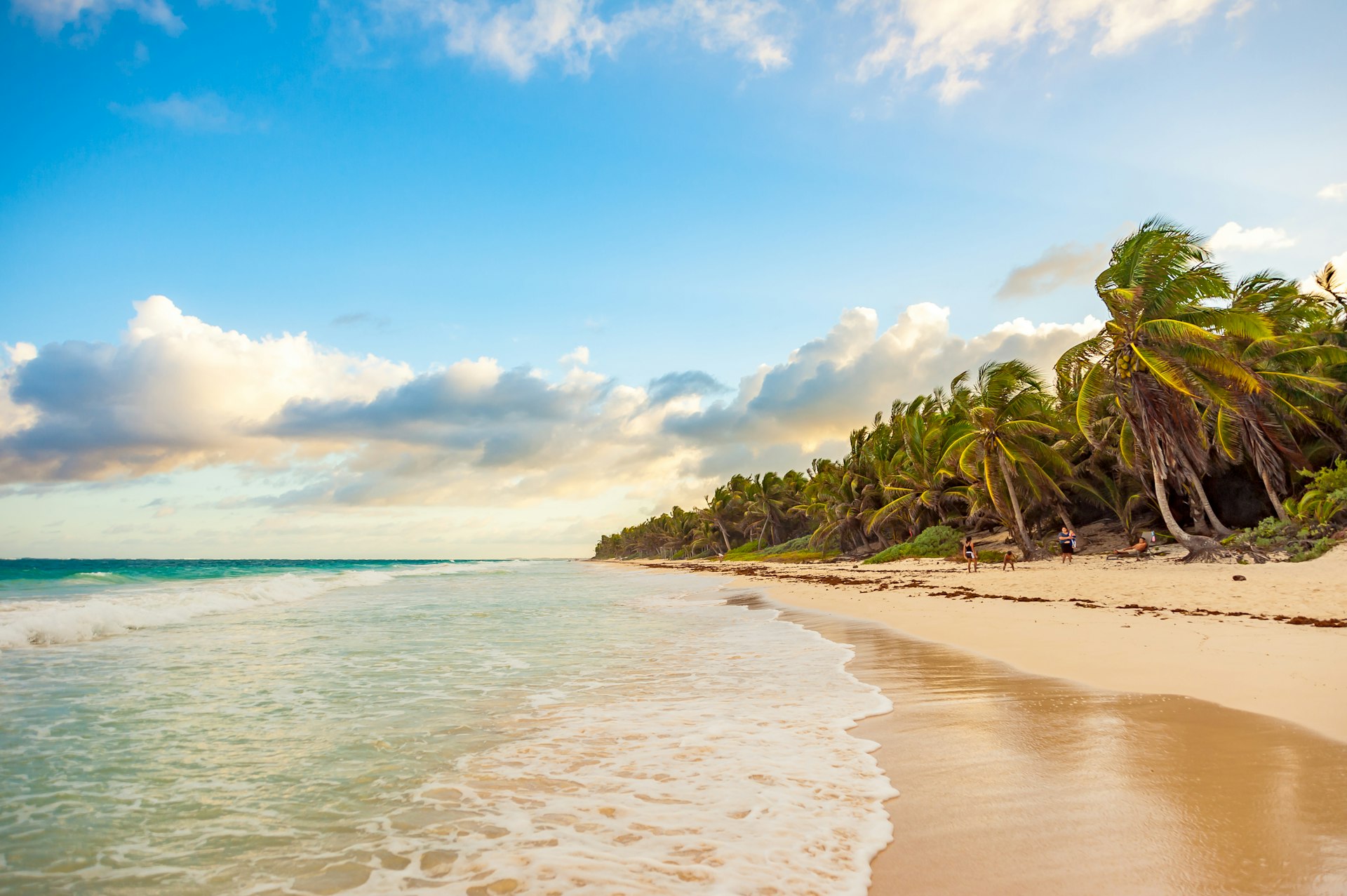
18. Lounge on beaches without the crowds
If you want to swim alongside Mexicans, not just tourists, head to the coast of Oaxaca. Huatulco has 36 golden sand, warm beaches to enjoy in peace. In Puerto Escondido, Playa Carrizalillo beach is a jewel in a sheltered cove, reached by steep steps to deter most tourists.
Maybe it just has to be the Yucatán Peninsula’s Riviera Maya. We get it, the clear blue ribbon of water and white sand is enticing, and you can still escape the crowds. If you’re stuck in the overdeveloped parts of Cancún and Tulum, follow the locals to a spacious public beach. At Playa del Carmen, the beach runs adjacent to “5th Avenue” where all prices are in US dollars, yet step back a mere two blocks away from the souvenir strip, and life seems preserved from another era. Eat at an unpretentious garden restaurant, drink at a wooden shack bar and stroll across squeaky sand into the warm arms of the Caribbean.
19. Enjoy a steaming hot tortilla at a tortillería
One of Mexico’s simplest pleasures is hearing the squeak of a neighborhood tortillería (tortilla maker). Mesoamericans unlocked the secret of nixtamalization over 3500 years ago, ramping up the nutrition and turning corn into tortillas. For a passerby, the magic is in seeing the steaming hot tortillas parade down the conveyor belt and be bundled up in paper for a waiting line of locals. There are tortillerías every few blocks in most neighborhoods.
Planning tip: You can count on a mercado (fresh produce market) to have at least one tortillería on the streets immediately around it, such as Mexico City’s Mercado Medellín, where you’ll find several.
